Discovering the Truth About Space
Facts about space you have been misinformed about
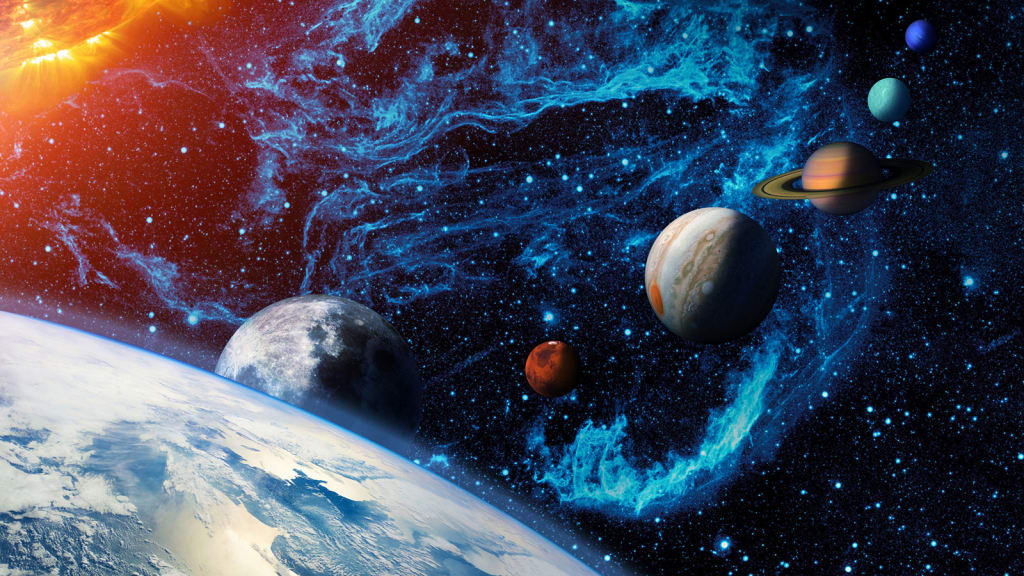
Have you ever gazed at the sun and pictured it as a blazing yellow ball of fire? Well, it's time to set the record straight. Our sun, the very center of our solar system, doesn't quite resemble that mental image. In fact, it looks more like a subtle shade of green, if you can believe it! This intriguing revelation about our star comes from the fascinating world of astrophysics, where scientists delve into the intricacies of celestial bodies.
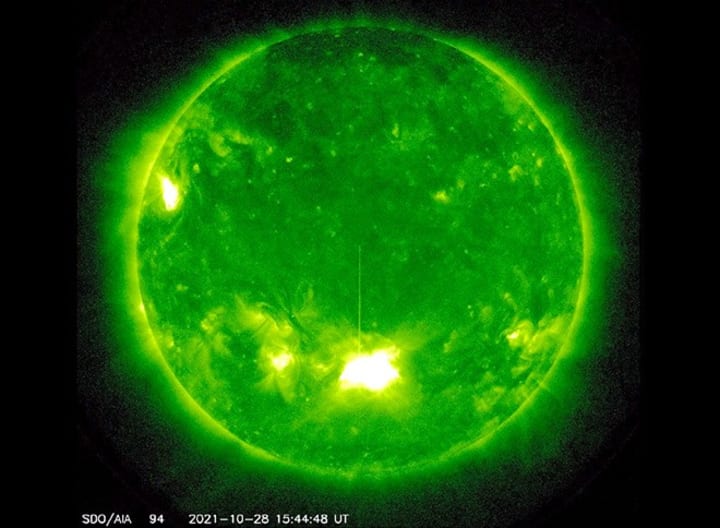
You see, one of the key methods scientists use to assess the temperature of a star is by examining the color spectrum it emits. Each color in this spectrum corresponds to a specific wavelength of light, and astronomers meticulously measure these wavelengths to discern the heat intensity of a star. It's a bit like analyzing the colors of a rainbow to deduce the sun's temperature.
Now, here's where things get even more captivating. Cooler stars tend to appear reddish in hue, while the hottest of the stars tend to exhibit a striking blue coloration. Our sun, however, stands somewhere in between. It predominantly emits its energy at a wavelength that's remarkably close to green, which is quite different from the common perception of a fiery yellow sun.
But why, you might wonder, does the sun appear yellow from our vantage point on Earth? Well, the answer lies in our planet's atmosphere. Earth's atmosphere possesses a remarkable ability to scatter blue light, making the sun appear yellow to our eyes. Essentially, the blue wavelengths are dispersed, leaving us with a palette of colors that combine to create the familiar yellow hue we see daily.
Now, consider this intriguing fact: If our sun were genuinely yellow, it would be approximately 800 degrees Celsius cooler than it currently is. This seemingly subtle color distinction has profound implications. A cooler sun would lead to a significant alteration in our Solar System's habitable zone—the region where conditions are just right for life to thrive. Earth, in this scenario, would transform into a frozen, lifeless world, starkly different from the vibrant planet we know today.
But there's more to unravel about our sun. It's indeed a scorching celestial body, but it's not engulfed in flames as you might envision a burning object. The concept of burning, involving a chemical reaction with oxygen as fuel, doesn't apply to stars like our sun. Instead, it functions more akin to a colossal nuclear reactor.
The sun's composition primarily consists of hydrogen and helium gases, with a notable scarcity of oxygen. Within its core, an extraordinary process unfolds continuously. Hydrogen atoms merge and fuse together to create helium, and this process generates an astonishing amount of energy—energy that radiates outward, warming our solar system and bathing us in sunlight.
Now, let's venture into the realm of space explosions, a staple in countless science fiction stories. While they make for thrilling plot devices, the truth is, they're not grounded in reality. Spaceships, for instance, do not meet a fiery demise in the vacuum of space because there's a critical absence of air. In space, no air means no oxygen, and without oxygen, combustion simply cannot occur. Sorry to disappoint all the Star Wars enthusiasts out there!

Have you ever marveled at the night sky, feeling overwhelmed by the sheer number of stars? It might seem impossible to count them all, but the diligent scientists at Harvard have already done the legwork for you. According to the Yale bright star catalog, there are a staggering 9,110 stars visible to the naked eye from Earth. So, while it might seem like an insurmountable task, you could theoretically embark on a stargazing journey and count them for yourself.
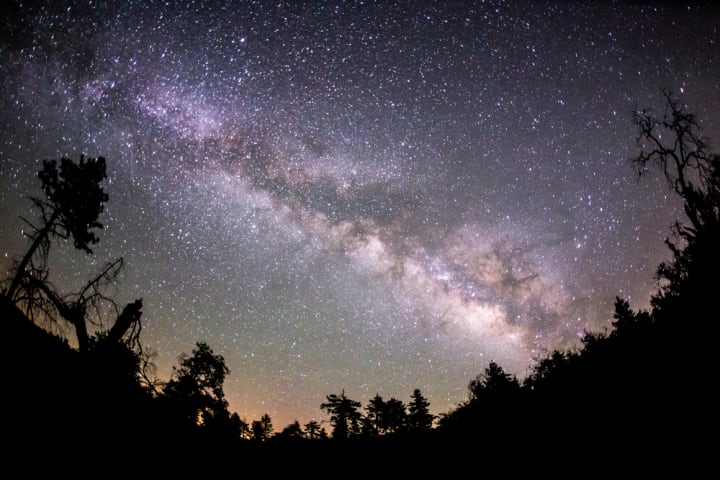
Now, let's debunk another cinematic myth—navigating the asteroid belt. Movies often portray this region as a perilous obstacle course, fraught with danger at every turn. However, reality paints a different picture. The asteroid belt, situated between Mars and Jupiter, indeed hosts trillions of space rocks, but they are widely spaced apart. In fact, the distance between these celestial objects is so vast that the likelihood of a spacecraft colliding with one is exceedingly low. So, rest assured, space travel through the asteroid belt is far less treacherous than it appears on the silver screen.
Have you ever wondered what would happen if you were cast adrift into the vastness of space? It's a chilling thought, but the reality is less dramatic than it might seem in sci-fi movies. Contrary to the popular notion of instant freezing, you wouldn't turn into a popsicle right away. In space, heat transfer happens at a much slower rate due to the absence of air or any medium to facilitate the process. As a result, it would take hours for your body to freeze. However, it's worth noting that by that point, you'd already have succumbed to other life-threatening factors.
Furthermore, contrary to the explosive scenarios depicted on screen, you wouldn't spontaneously combust or explode in space either. Instead, your body would undergo inflation, albeit for a rather morbid reason. Nitrogen within your bloodstream would accumulate into bubbles, causing your body to swell to approximately twice its normal size. But, let's be clear—the absence of oxygen in space would be the ultimate cause of demise. Within a mere 15 seconds, your brain would be deprived of the oxygen delivered through your blood, leading to unconsciousness. Two minutes in space, and your other organs would begin to shut down systematically, sealing your fate.
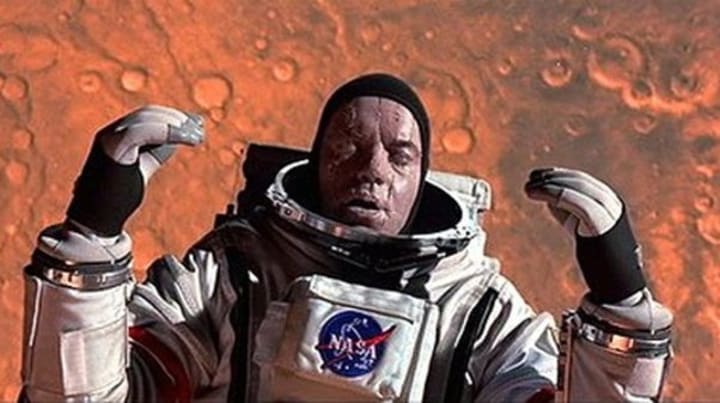
Now, let's shift our focus to the perception of space's temperature. It's commonly assumed that space is incredibly cold, but the truth is somewhat more nuanced. The concept of temperature hinges on the movement of particles and the energy they possess. In the vacuum of space, where particles are virtually absent, traditional temperature measurements become irrelevant. Space, in its truest form, lacks a discernible temperature.
Of course, space isn't entirely devoid of particles and radiation; it generates its own heat. Some regions of space can be remarkably hot, particularly in close proximity to stars. However, as you move farther away from these stellar furnaces, particle density decreases, resulting in colder conditions. In certain instances, dense gas clouds in space can plummet to temperatures as frigid as minus 263 degrees Celsius.
Now, let's take a brief celestial tour, starting with Mercury, the planet closest to the sun. Surprisingly, it's not the hottest planet in our solar system, although it does experience extreme temperature variations. During its scorching days, surface temperatures soar to a blistering 430 degrees Celsius. Conversely, nights on Mercury plunge to a bone-chilling minus 180 degrees Celsius. But if you seek the most infernal planet in our cosmic neighborhood, look no further than Venus. Surprisingly, it's not Mercury, despite its close proximity to the sun. The reason behind Venus's scorching reputation lies in its atmosphere—a thick, suffocating cloak that blankets the planet.
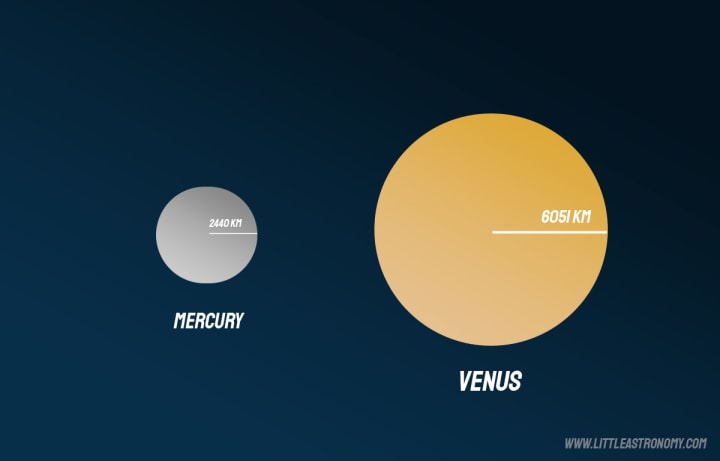
Have you gained valuable knowledge? Stay informed by subscribing for more.
About the Creator
Joshua Adebanjo
Hi there, I am Joshua, a writer who is hungry for Knowledge and also loves to share them and have other's insights. Subscribe and do not miss out on daily dose of Knowledge.
Enjoyed the story? Support the Creator.
Subscribe for free to receive all their stories in your feed. You could also pledge your support or give them a one-off tip, letting them know you appreciate their work.






Comments (1)
Very cool! I’m moving to Venus! ❤️♥️😀